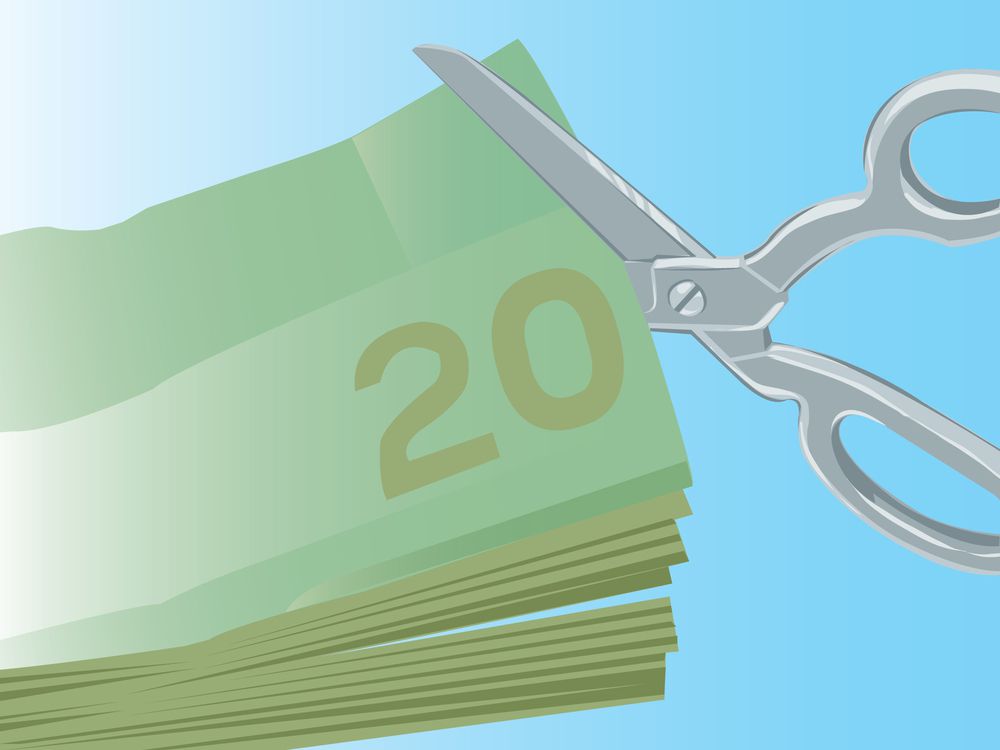This is the final chapter in our budgeting series and we’ll be talking about setting goals in Mint. Once you’ve created your budget and learned how to manage it successfully, you need to set goals for yourself. You can use Mint to create and manage your goals so you can better keep track of your money.
Mint.com’s new Goals feature tries to take the difficulty out of both setting goals and regularly tracking your progress toward those goals. With a few clicks, you can set a savings goal and then use Mint.com to help you reach that goal.
In this chapter, we’ll discuss how to create a Mint savings goal and how Mint can help you reach your goals. To learn more about Mint Goals and how they can help you keep your finances in order, continue reading the chapter or use the links below to jump to a section of your choice.
After reading the previous chapters in the series, you should now have a much better understanding of budgeting. In the previous chapters, we’ve covered a lot of important information about budgeting, such as how to create your own budget and what to include in your budget. If you haven’t read the previous chapters and want to learn more about the basics of budgeting, go back and reread them now.
How do you make a goal?
Creating a goal on Mint.com is pretty easy: just click on the Goals tab at the top of the screen and you’ll see the Goals summary page.
Mint offers a number of predefined goals, including goals such as paying off your credit card debt or car loan, saving for an emergency, buying a car, and taking a trip. You can also create a custom goal to cover any specific goal you have in mind.
Click on the goal type you want to create and a step-by-step guide will appear with questions relevant to the selected goal.
For example, choose a home improvement project and you will be asked about the expected costs, the type of project, and whether you are financing the project from one or more sources. Each goal asks a different set of initial questions, but they are very easy to answer: just fill in the requested fields and click Next.
Then within the guide, you can name your goal, set a target date to reach that goal, specify your desired monthly goal savings amount, and even upload a custom photo of your goal so you can look at that Ferrari (or Jetta). on the screen while saving for the purchase. Finally, the guide sets up tracking for your target. You can assign a goal to an account, open a new account to use for that purpose, or leave the goal unassigned (although unassigned goals cannot be tracked).
The hard part about setting financial goals (other than tracking your progress and achieving them, of course) is knowing: How much you have to achieve that goal. Mint’s Goals feature really does that math for you.
Creating a goal: an example
Let’s take a look at how Mint Goals works with a few practical examples:
For example, if your goal is to get out of debt, the Goals feature pulls all your credit card debt and car loans from Mint so you can create a payment plan. Likewise, if your goal is to save for an emergency, Goals estimates your monthly expenses based on your spending activity in Mint. When you want to buy a car, Goals will estimate the price based on the Kelley Blue Book value of your desired make, model, year and version. If your goal is to retire, Mint’s goals will help you figure out how much you should save each year based on your current income.
Goals have one limitation: can only have an account assigned one target at a time† Once the goal is reached, the assigned account can be reassigned to another goal.
For example, if you create a goal to save for school and assign it to your savings account, you cannot create another goal to buy a car and assign it to your savings account as well. However, you can assign a goal to multiple accounts so that saving for retirement can span both your IRA and your 401(k) account.
You can create a goal without linking it to an account, but you won’t be able to track your progress toward that goal.
To get the most out of the Mint App Goals function, it is best to link a goal to an account– after all, what is measured is done.
How Mint Helps You Reach Your Goals

The savings goal feature of the Mint app not only helps you set goals and track their progress, it is also designed to help you achieve them. The Online Guide to Every Goal offers specific advice to help you work toward that goal, including guiding you through key milestones.
Everyone’s goals are different, but some examples of common financial goals include:
Whether your goals are short term – what are goals you can realistically achieve in less than a year–or in the long run–they are goals likely to last more than 5 years to achieve–Mint goals help you create a financial plan so you can achieve them.
For example, if your goal is to buy a home, once you’ve determined how much you can afford and set up or linked the accounts needed to save for a down payment, the Buy a Home Guide offers advice on improving from your credit score, understanding your loan options, shopping for homeowners insurance, and so on.
You can also create custom tasks to add to your next steps list or customize your goal details. To adjust monthly contributions, click “adjust monthly contributions” to edit for all goals.
Keep in mind that when you set your goals, external factors like inflation, emergencies, and more can also affect whether you can achieve your goals and when you need to adjust accordingly.
How you can achieve your goals
While Mint.com’s Goals feature helps you set and track goals, here are some tips that can actually help you to achieve the goals you set:
Realistic budgeting
This applies to budgeting both time and money.
Save money
The reality for most of us is that any goal we set requires a cut in spending in a different category – eating out less, buying fewer new clothes, etc. As such, it’s probably unrealistic to think you can go from saving $50 a month to save $1,500 just because you’ve created a goal that says you’re going to save $1,500 a month.
Each person’s budget will vary depending on their cost of living and what their personal situation is. But there are several ways you can budget realistically, such as using a grocery budget calculator to tell you exactly how much your monthly food budget should be, or living more minimalistic to cut costs.
If you need help creating a budget, you can create a budget with Mint or use our budget template to get started. Our budget template shows exactly what you need to include in your budget, such as your living expenses, so you can get a better idea of how you should build your budget. The 50/30/20 rule and zero-based budgeting are some other useful budgeting methods we’ve discussed in previous chapters of the series.
Save time
Likewise, saving takes time, and by setting a realistic date for reaching your goal, you can create an achievable monthly savings target.
For example, if you pay off $8,000 in credit card debt at 16% interest in one year, you’ll have to pay back $726 per month. Spread that over three years and the monthly amount drops to $281. Yes, you’ll pay more in interest, but a three-year payback is probably more realistic than a one-year target.
Create a separate account
If you’re trying to save for a purpose with your regular checking or savings account, your planned savings may just be used up by other unplanned purchases. A much better way to hit a savings goal is to create a new account — Mint.com includes two new account options when creating a goal — and then deposit your monthly contributions into that account.
The harder it is to get to this account (no checks, no ATM cards, etc.), the better – you’ll be less likely to spend the money.
Use automatic deposits through your employer
Instead of thinking about manually transferring money to your new target-related account, you can use your employer’s automatic deposit options to do it automatically. Most payroll services allow you to deposit your paycheck into more than one account – I once had mine set up to go to six different accounts.
By depositing money automatically, you are much more likely to reach your goal, as this money will not be available for spending before you have a chance to make the deposit yourself.
what’s coming
In the future, you’ll be able to see an annual overview of long-term goals, such as retirement or college savings, that can help turn huge long-term goals into achievable (annual) short-term goals.
To get started, sign up or log into your Mint account.
Congratulations! You’ve officially reached the end of our budgeting streak and you can now call yourself a budgeting professional. You now know what a budget is and how using a budget can help you pay yourself first so you can grow your money and achieve your financial goals.
If you feel like you need a refresher, just go back and reread the previous chapters, which cover the basics of budgeting, such as what to budget, how to create a budget, how to manage a budget, and more.
So what are you waiting for? Get started with your budgeting today and find financial freedom.
Related
Sign up for Mint today
From budgets and bills to free credit score and more, you’ll
discover the effortless way to stay on top.
Learn more about security


This post Chapter 10: Set Your Coin Goals
was original published at “https://mint.intuit.com/blog/budgeting/set-mint-goals/”





